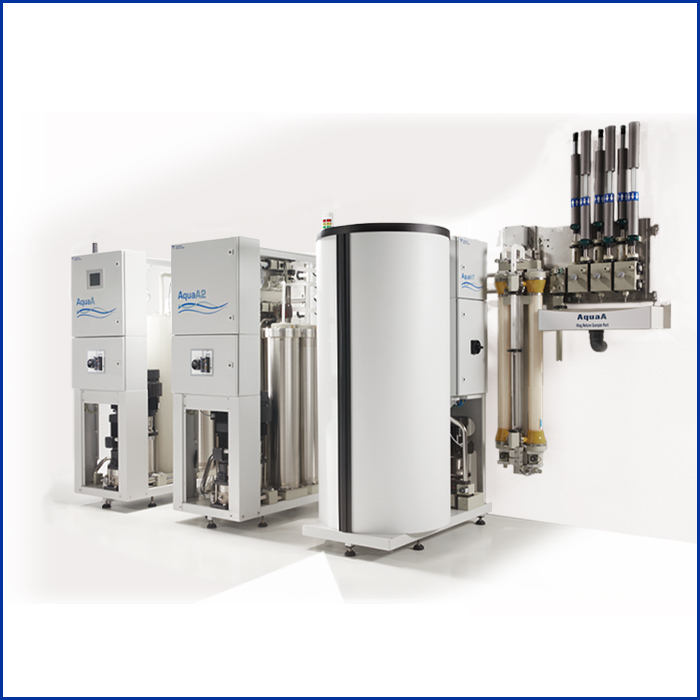
ETC & KCC | Understanding Value Based Kidney Care Models
The Centers for Medicare & Medicaid Services (CMS) has designed payment models that directly benefit patients with kidney disease by delivering quality care that improves outcomes while reducing costs. These programs, Kidney Care Choices (KCC) and End Stage Renal Disease (ESRD) Treatment Choices (ETC), are part of a value based system, in which providers are paid incentives based on patient outcomes and achieving quality care goals. These programs differ in their methods of kidney disease management, but both of CMS’s value based care models focus on advancing the quality of care, and this proactive approach rewards care providers for helping patients become healthier.
What Are the Benefits of Value Based Care Models?
Value based care models focus on forward-thinking disease management, as opposed to addressing symptoms as they present. Value based care can offer a broader choice of treatment options, a more holistic approach, and improved quality of life, which ultimately improves patient outcomes. As opposed to the fee–for-service model, this means patients can receive less fragmented and episodic care. CMS’s commitment to move kidney care into value based models emphasizes proactive care such as home dialysis, ensuring optimal starts, and preemptive transplant. These models also reward healthcare providers with financial incentives for the quality of care they provide.
Two value based care models introduced by CMS — Kidney Care Choices (KCC) and ESRD Treatment Choices (ETC) — now include a number of renal providers such as nephrologists, dialysis providers, and transplant providers. This allows providers to encompass a greater range of the disease, from chronic kidney disease (CKD) through ESRD and kidney transplant.
What Is the KCC Model?
The Kidney Care Choices Model was initiated on January 1, 2022, and runs through December 31, 2026. This model comprises a set of value based care programs that focus on patients with advanced renal disease. The KCC Model encompasses voluntary options within the umbrellas of Kidney Care First (KCF) and Comprehensive Kidney Care Contracting (CKCC) that incentivize healthcare providers to manage the care of individuals with CKD and ESRD.
The goal of the KCC Model is to align financial incentives to promote educating individuals with advanced CKD in a timely manner, empowering them to prevent progression of kidney disease, and optimizing transitions into the best kidney failure treatment modality if necessary.
What Is the ETC Model?
The ETC Model is a seven-year Medicare program that runs from January 1, 2021, through mid-2027. This value based care program focuses on promoting the use of home dialysis modalities and increasing kidney transplants.
Under the ETC Model, CMS will adjust Medicare fee-for-service reimbursements to participating dialysis facilities, nephrologists, and other kidney care clinicians, such as dialysis facilities, nephrologists, and nephrology Advance Practice Providers.
This is the first kidney care model that requires mandatory participation. CMS selected 30 percent of the nation’s hospital referral regions for the program and requires that all Medicare-enrolled dialysis facilities and nephrologists in those regions participate.
How Are the KCC and ETC Models Different?
KCC is centered around the nephrologist, who leads each patient’s kidney care. The program addresses some of the misalignment in kidney care reimbursement by emphasizing CKD management, encouraging transplant, rewarding investment in interdisciplinary care teams, and leveling payments across dialysis modalities.
The ETC Model issued by the CMS encourages more home dialysis and transplant. ETC will do this by impacting reimbursement rates for physicians and dialysis providers who increase home dialysis and transplant adoption, first by a positive adjustment to home dialysis claims, then by gradually introducing positive and negative payment adjustments over the last five years of the program.
How Do the KCC and ETC Models Work Together?
The mandatory ETC Model is complementary to the voluntary KCC programs, and participants can be involved with both models simultaneously. Participating in both models maximizes investments made in moving to value based care. The holistic focus on education and slowing the progression of CKD helps ensure more effective starts to dialysis. Both the ETC and KCC Models encourage more home dialysis and kidney transplant as treatment if CKD progresses to ESRD. This focus on higher benchmarks for home therapy and transplant has more nephrology practices making investments in new technology and care team innovations to be successful in these programs.
Learn More Today
The KCC and the ETC value based care models center around providing effective, efficient treatments, which improve patient outcomes while reducing costs for providers. The new models introduced by CMS show an industry shift toward value based care and a renewed focus on slowing the progression of kidney disease while encouraging providers to care for the whole person and their quality of life beyond diagnosis. Learn more about the different models.



